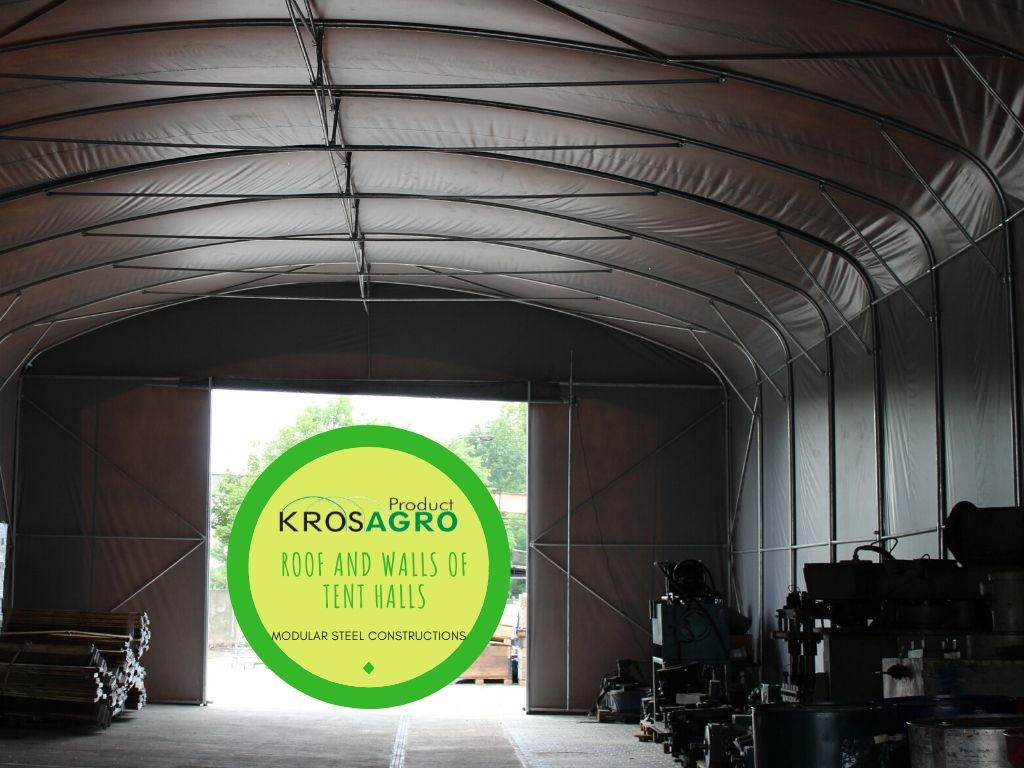Roof and walls of tent halls are key elements of any modular steel structure. These features are responsible for safety, functionality and stability of facilities. Easy to customize, available at a low cost and at the same time durable, these structures are increasingly taking over from conventional buildings. Shape, size, accessories will depend on the specifics of the company’s activity and owners have a lot to choose from. In addition to standard solutions, it is also possible to manufacture a tent hall on a turnkey basis.
Contents
Roof and walls of tent halls for companies
Each element of the structure is made of steel, manufactured with all required standards, to ensure the safety of people, machines and goods located in the tent. As a result, they can be used as year-round facilities, adapted to various weather conditions. They can withstand snow loads, heavy rainfall or intense winds.
Construction of tent halls
Modular structures are covered with an anti-corrosion layer at production stage. This enables to slow down aging of all parts and maintain their strength. Zinc is applied by galvanization or a hot dip galvanization method. By checking the frame cyclically, it will remain operational for many years. Tent halls for entrepreneurs can be designed with a steel trellis. This type of solution increases durability, as well as resistance to snow and wind pressure.
Stabilization of modular tents
A tent will be secured to the ground depending on whether it remains in a permanent location or is due to change periodically. In both cases, anchors are used but they differ in shape. A fixed structure is equipped with anchors covered with concrete. Leveled and spaced at specific distances, these are the elements from which further expansion can begin. As far as tents that change locations are concerned, they can be folded after being used. Those are secured to the soil with ground anchors, screwed into the substrate.
Cover for structures made of pipes and profiles
A tarpaulin is stretched onto pipes and profiles forming the structure of the tent. It is then fixed with mounting straps, welded to the cover. Tents can then easily cope with wind, rain and snow. The membrane is treated with a number of substances to limit fading from UV and increase fire resistance. A tent hall featuring all these characteristics can be adapted to any activity thanks to its versatility. It will perform as a storage, garage, breeding or event facility.
